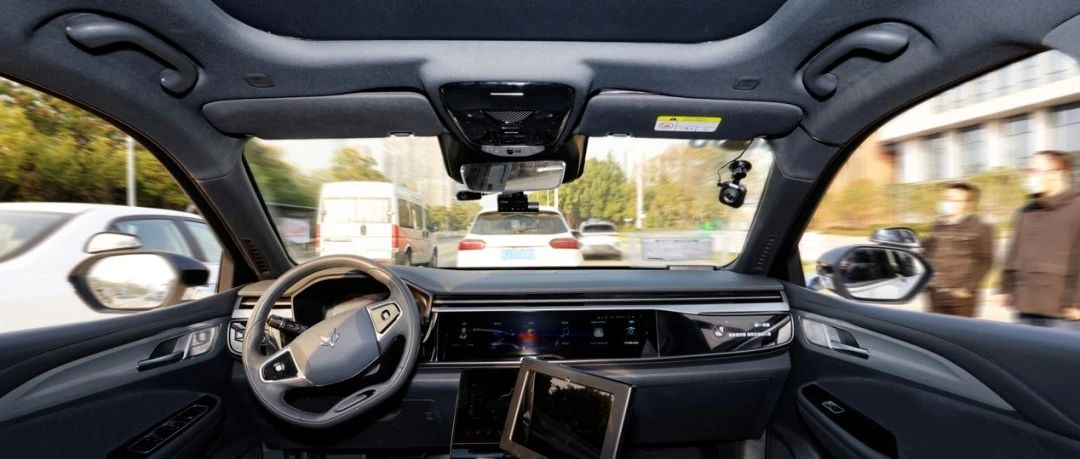Author: Tian Xi
Years later, people will still remember that the autonomous driving industry went through an extremely difficult year in 2022.
Industry stars such as TuSimple, Aurora, Argo AI, and Mobileye, which once shone brightly, all encountered huge difficulties this year, including massive layoffs, selling off business units, and tumbling valuations. Among them, Argo AI suffered the most severe blow and announced its closure not long ago, despite having two top car companies as its backers, which left everyone feeling sorry for it.
“Is L4 reaching a dead end? Does autonomous driving still have a future?” Market soul-searching questions have pushed the ingenious founders into a corner. Under the freezing atmosphere, these have become unsolvable problems for a while.
Waymo and Baidu broke the deadlock with their actions.
Over the past year, Waymo first received California CPUC’s approval to provide autonomous ride-hailing services to the public in some cities in the San Francisco Bay Area and other regions, and then expanded its autonomous ride-hailing service in Phoenix to the city center, truly embarking on the path of commercialization.

Baidu also had a year of great progress.
By the third quarter of 2022, Baidu’s autonomous driving travel service platform Luobo Kuaipao had over 1.4 million orders, rising to become the world’s largest autonomous driving operation service provider.
More importantly, Baidu’s fully unmanned autonomous driving has landed more quickly; it successfully realized commercial operation in Chongqing and Wuhan and was approved to conduct full unmanned autonomous driving testing in Beijing, making it the first company to conduct full unmanned autonomous driving operation and testing in multiple cities nationwide.
“‘Unmanned’ is the critical watershed.” An industry insider pointed out that the global autonomous driving industry is accelerating its polarization; only players with the capability of fully automated commercial landing have a chance to stay on the table, while those who have not yet reached this stage will be forced to drop out.
Autonomous driving has finally kicked down the door.
For autonomous driving companies, achieving full autonomy is not only the ultimate goal but also a reflection of their own value. Without removing the safety driver from the vehicle, the meaning of autonomous driving is lost.
However, in reality, safety drivers have been standard during the operation of autonomous vehicles for a long time. This is not only due to the concern of autonomous driving companies about the immaturity of the technology, but also because regulations have not yet allowed unmanned vehicles to be on the road.
Over the past few years, companies such as Baidu have started their autonomous driving tests in closed areas and parks, and after running data and iterating technology repeatedly, they gradually expanded their operating range to public roads. The placement of safety drivers has also changed from the main driver to the co-driver, and then to the back seat, which is only one step away from a truly driverless experience.
During this process, some companies have moved faster than others, but regardless of their level of technology, they have been forced to restart from almost the same starting line because of the presence of people in the vehicle.
“Even though some autonomous driving companies can achieve unmanned conditions, they cannot fully operate on the road. It is still considered zero.” said an industry researcher.
The change occurred in August 2022, when Wuhan and Chongqing were the first to release commercial pilot policies for fully autonomous vehicles without safety drivers, allowing driverless vehicles to conduct commercial services on public roads.
This policy break allowed the development of driverless vehicles to break through the last obstacle and established a solid foundation for commercial logic.
However, it should be pointed out that not all autonomous driving companies are eligible, and many processes are still considered “strict” in order to be included.
According to the related policy requirements, full autonomous operation of the vehicle needs to follow the process requirements of testing, demonstration, unmanned testing, and then full autonomous operation.
For example, in order to apply for unmanned operation, it is necessary to meet the requirements for mileage and carry a certain number of passenger orders, and cannot have any accidents for which the driver bears responsibility.
Baidu fully complies with these conditions, and therefore obtained the first batch of qualifications for unmanned demonstration operations in the two cities.
On December 26, Baidu announced that it would expand its fully autonomous commercial operations on a large scale in Wuhan, achieving three breakthroughs in expanded area, increased volume, and extended hours of operation.
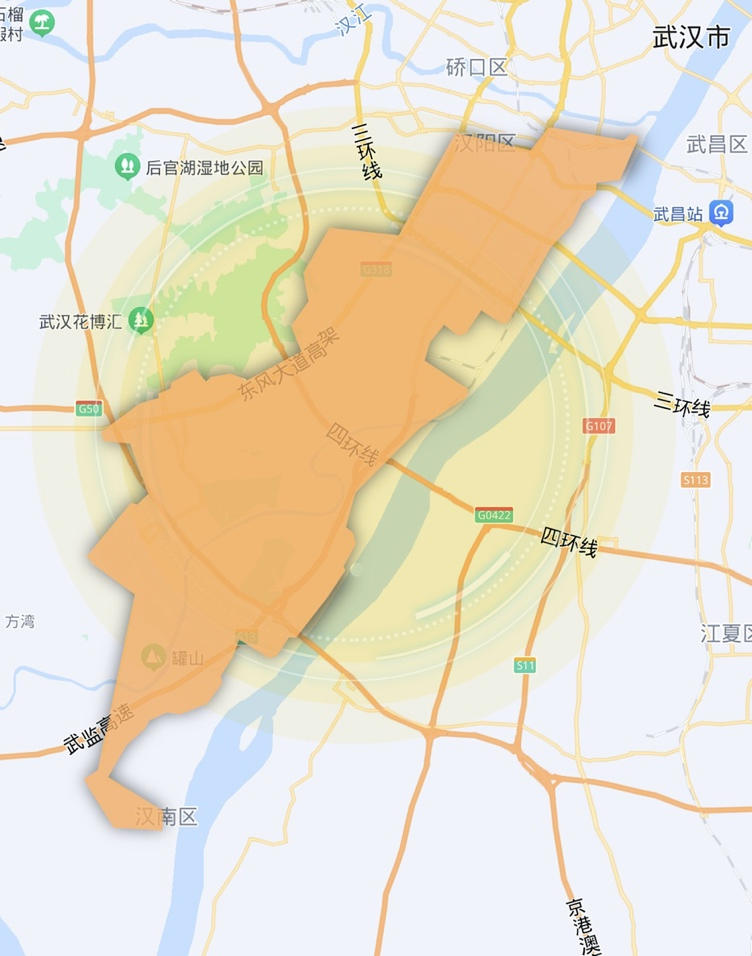 “`
“`
Specifically, “Carrot Run” currently operates in an area of over 130 square kilometers in Wuhan, covering a population of 1 million. The unmanned operating area has expanded from Junshan New City to Wuhan Economic Development Zone Third Ring to Fifth Ring, doubling the coverage area.
At the same time, the unmanned period of Junshan New City has also been extended to 7:00-23:00, fully meeting the night travel needs of citizens.
After Chongqing and Wuhan, Beijing has also gradually opened up unmanned autonomous driving tests. In the latest news, Baidu has been approved as one of the first batch of testing companies to conduct fully unmanned autonomous driving tests in Beijing, which is believed to become a benchmark for the country. Policy innovation for autonomous driving may usher in a carpet-style breakthrough.
Baidu has been prepared for many years
Why is Baidu the first to break into the door of unmanned driving? This is due to its long-term accumulation of autonomous driving technology, which has obtained leading advantages.
The main parts of the autonomous driving system include perception, prediction, decision-making, planning, and control. Among them, perception is the most complex and challenging link that tests the company’s ability, especially in cities with extremely complex environments, where abnormal vehicles, mixed pedestrians, low objects, construction roads, and other intersections appear at the same time, which brings great difficulties to the autonomous driving system.
At this time, if a technology company has good perception ability, it will reduce a lot of pressure on subsequent decision-making and planning work.
Therefore, Baidu uses large model technology to improve the perception ability of autonomous driving.
The specific solution is to first train a perception large model on existing 2D and 3D training data, and apply 3D pseudo-annotation to the data without 3D annotation.
Then, train another perception large model step by step to gradually improve its effect.
Next, based on a parameter scale of more than 1 billion, using large model training to improve the small model on the vehicle side. The specific operation is to use the large model to automatically annotate 3D obstacles, and apply the annotated data to the small model detection training.
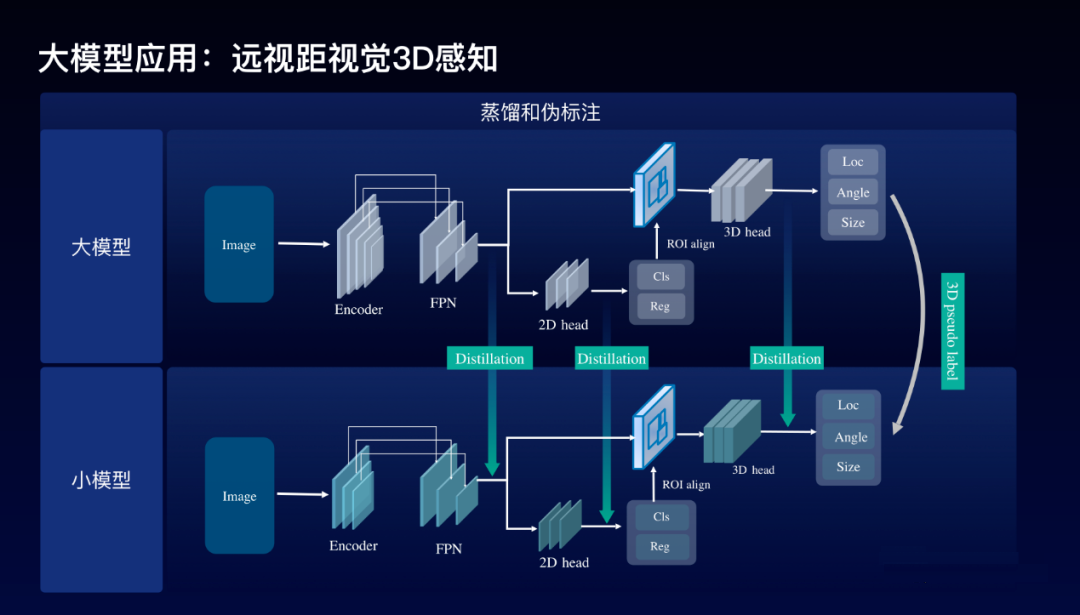
In addition, by conducting "knowledge distillation" in the backbone, 2D head, and 3D head detection links, the ability of the large model was endowed to the small model.
By repeating this process, the large model helped the small model on the car side to achieve the effect of far-sighted 3D perception. The small model can accurately obtain the distance and direction of objects, and has stronger generalization ability.

Baidu has also applied the large model to data mining, relying on the cognitive map to identify thousands of objects, greatly expanding the semantic recognition data for autonomous driving, and using the Weixin large model image weakly supervised pre-training model to mine long-tail data to improve model training effectiveness, such as identifying special vehicles (fire trucks, ambulances), plastic bags, etc.
Another major advantage of Baidu's perception is its leading autonomous driving map. For autonomous driving, the role of the high-precision map is indispensable. The various red, green, and yellow lights, severely soiled lane lines, new and old overlapping landmarks on city roads, etc. all pose great challenges for whether real-time perception can give correct semantics.

The high-precision map with ultra-long-distance perception can effectively make up for these shortcomings.
In addition to the high-precision map, Baidu's autonomous driving map integrates vehicle-side perception data and multi-source maps to generate online maps in real time to meet the updating requirements during autonomous driving.
In addition, based on Baidu's leading road network coverage of **12 million kilometers** and the driving knowledge accumulated from hundreds of millions of drivers, Baidu has built a full road network-level driving knowledge graph, which contains experienced speeds, changing lanes time and trajectory, and other information. This empowers autonomous driving to have a more reasonable speed transition, more timely lane changing, and smoother steering, significantly improving passenger comfort.```
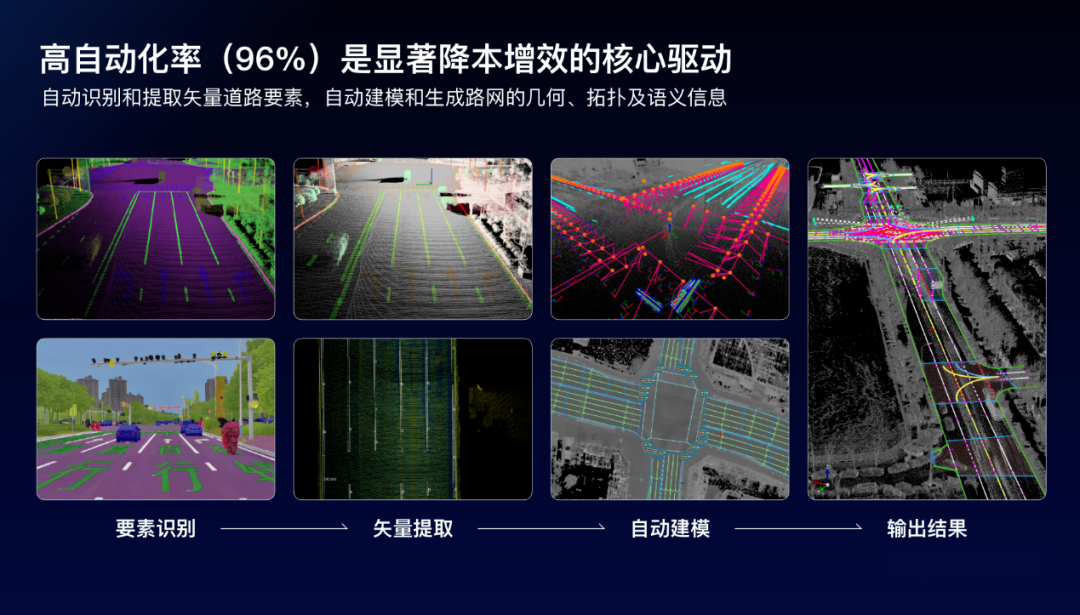
When it comes to maps, high cost is the first reaction of the industry. Baidu has achieved a high precision map construction automation rate of 96% by starting with automated data fusion and automated annotation through a series of AI technologies, significantly reducing production costs.
It is precisely because of breakthroughs in key technologies such as large-scale models and autonomous driving maps that Baidu was able to smoothly switch after obtaining approval for operations testing in unmanned driving.
## Apollo RT6, Born for Unmanned Driving
Looking back at 2022, it is easy to find that Baidu not only prepared well in technology, but also made early plans in products for unmanned driving.
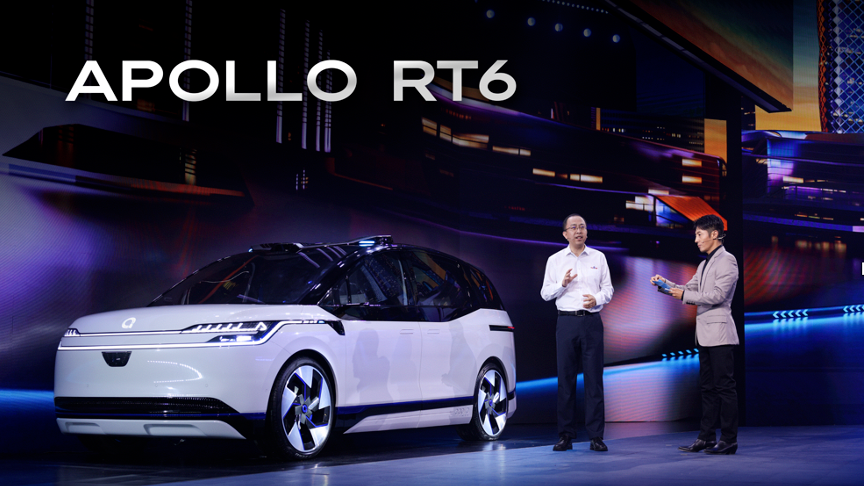
At the 2022 Baidu World Conference, Baidu released its self-developed sixth-generation mass-produced unmanned vehicle, Apollo RT6. Its specialty lies in the fact that it is the world's first unmanned vehicle based on forward design with deep integration of AI technology and vehicle engineering, rather than the prevailing practice of modified vehicles in the industry.
In other words, Apollo RT6 is the world's first truly mass-produced unmanned vehicle.
Baidu believes that this vehicle aims to achieve the goal of large-scale commercial operation of unmanned vehicles in the next few years, and must achieve high safety, high quality, and low cost.
In terms of safety, the conventional approach of automatic driving manufacturers is to increase sensor redundancy, but in the era of unmanned driving, because safety officers are removed and accident liability is fully borne by the technology company, the safety defense of automatic driving vehicles must be taken to the next level.
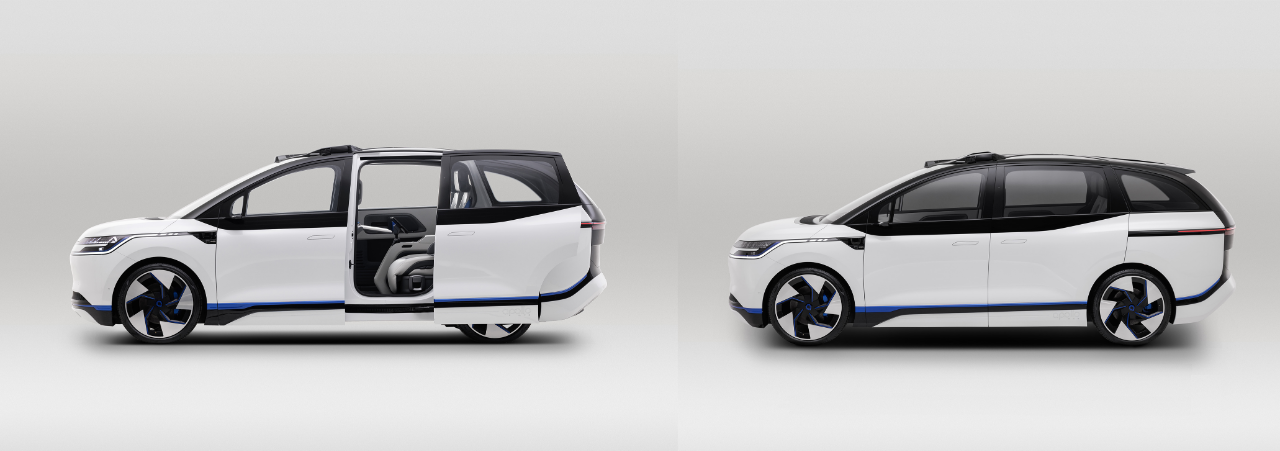
“`
Baidu has established a sevenfold fully redundant whole vehicle system for Apollo RT6 hardware, including architecture redundancy, sensor redundancy, computing unit redundancy, brake system redundancy, steering system redundancy, power redundancy, and industry-first dual 5G communication redundancy.
In terms of software, Apollo RT6 is equipped with a fault diagnosis and risk reduction system that integrates the whole vehicle and autonomous driving system.
Combined with the monitoring system, Baidu can control the vehicle safely by slowing down, parking, and parking on the roadside in different risks corresponding to safety levels.
In terms of quality, thanks to the development experience of the previous generations of vehicles, Apollo RT6 has made rapid progress in the selection of components, design integration, and manufacturing technology, and the level of mass production of vehicles has been qualitatively improved in terms of overall reliability and consistency.
What’s more eye-catching about Apollo RT6 is the low cost. Baidu’s previous generation of Apollo Moon has reduced the cost per unit to 480,000 RMB, which is equivalent to a cost reduction of half of the million RMB previously needed for a Robotaxi, causing a sensation.
This time, the overall cost of Apollo RT6 has been reduced to 250,000 RMB per vehicle, which is only one-tenth of the industry price, once again refreshing the cost of unmanned vehicles.
Guaranteeing quality and safety, while reducing costs, is because Apollo RT6 has completely abandoned the conventional refitting mode of passenger cars, deleted non-essential items such as intelligent car machines and large screens configured for drivers in the front row. Meanwhile, due to the maturity of the domestic component supply chain and the large-scale production of Apollo RT6, the unit cost has been further reduced.
A typical example is the LIDAR system; Apollo RT6 uses eight of them and still maintains a low cost.
<div>
The importance of high and low cost is because it is related to whether the autonomous driving business model can be viable.
As "competitors", the cost of taxis/ridesharing mainly consists of three parts: driver costs, vehicle depreciation, and daily operating costs (such as fuel charging, maintenance, cleaning, insurance, etc.).
In order for autonomous vehicles to thrive, their comprehensive costs must be lower than these three parts combined.
In other words, the cost of the entire vehicle needs to be reduced in addition to the cost of replacing the driver with technology.
Apollo RT6 undoubtedly achieves this with a cost price of 250,000 yuan, with Automotive News China calculating that Apollo RT6 has a monthly cost of only **4100 yuan**.
It is understood that Apollo RT6 will be put into use first on Robo-Taxi in 2023, which will provide a new future travel option with more competitive taxi pricing compared to traditional taxis/ridesharing.
For Baidu, the application of Apollo RT6 enables it to lead the commercial model in some cities, and bring scaled replication to seize the autonomous driving market.
Returning to the beginning of the article, was 2022 the worst year ever for the autonomous driving industry? From the experience of Argo AI and others, the answer is certainly yes. After many years of hard work, it finally turned into historical dust overnight.
However, from the perspectives of Waymo and Baidu, it may be the opposite feeling: this may be the best year ever. Autonomous driving will officially begin commercialization in 2022, bringing them closer to their goals than ever before.
Especially for Baidu, after years of technical, product, and operational cultivation, it finally waited for a good opportunity to make a big move. With its full implementation of autonomous driving, the next step will be to impact the ridesharing and taxi markets.
At present, Baidu's large-scale expansion of autonomous driving is poised to move forward.
In 2023, Baidu Apollo will continue to expand its business scale, with plans to gradually increase the deployment of 200 fully automated operating vehicles nationwide and strive to build the world's largest autonomous driving operation service area.
Finally, it should be noted that the promotion of autonomous driving involves many parties, and in addition to the efforts of companies, policy relaxation from a regulatory perspective is also essential.
</div>```
Currently, San Francisco has opened 24/7 unmanned driving services throughout the city.
In addition, the unmanned driving operation area of Phoenix is also expanding to the core urban areas. Moreover, from Phoenix Sky Harbor International Airport to the city center, the world's first fully unmanned automatic taxi service has been launched and operates 24/7.
Compared to the international development of unmanned driving services, the area and time for the development of unmanned driving services in China are still relatively limited. Only by further relaxing the policy on autonomous driving can a prosperous industry trend be promoted and a favorable position be achieved in the international competition of the new round of vehicle intelligence and unmanned driving services.
This article is a translation by ChatGPT of a Chinese report from 42HOW. If you have any questions about it, please email bd@42how.com.
